How time flies! It is hard to believe that Friday is Sept. 1. Labor Day weekend has arrived.
This column will provide an update about the nesting season for our beach-nesting shorebirds: piping plovers, American oystercatchers, least terns, common terns and black skimmers. It is not an easy task to summarize the nesting season. While they all nest on the beach, their sizes range from small to large, they nest on a multiple beaches and they nest on different parts of the beach. Each of these differences provide their own challenges for the birds.
Productivity of these species varies greatly from beach to beach, so here we focus on some of the productivity differences between species on an individual beach. One species may do well while the other species on the same beach do not. The organizations involved in protecting the nests include Felix Neck Wildlife Sanctuary, Biodiversity Works, Sheriff’s Meadow Foundation and The Trustees of Reservations.
Felix Neck wins the prize for taking on the most difficult challenge: Norton Point. This beach is two miles long with nice tidal flats at the western end and the breach at its eastern terminus. Oystercatchers did well, with 10 pairs fledging more than 25 chicks. Fledging 2.5 chicks from 10 pairs was about as good as it gets — significantly higher productivity than previous years.
Piping plovers did not do well at Norton Point, where 16 pairs nested but only four chicks fledged, all from one nest. Why did that one nest succeed while the other 15 nests failed? Why did the oystercatchers do so much better than the plovers? Both plovers and oystercatchers nest on similar sparse to unvegetated parts of the beach, but does the plovers’ smaller size make them more susceptible to predation by the ever abundant crows and skunks?
There was good news for piping plovers. Luanne Johnson and Kayla Kasacek of BiodiversityWorks report that sites they monitor across the Island hosted 42 nesting pairs of plovers and 52 chicks fledged from those nests. This was the second-best plover productivity (1.24 chicks fledged per pair) they have ever experienced! The beach at Edgartown Lighthouse led the way, with 10 chicks fledging from three pairs.
Oystercatchers also did well on their beaches, with 19 chicks fledging from 17 nesting pairs. The productivity of 1.12 chicks fledged per pair is their third-best oystercatcher productivity.
To say that terns did not fare very well this year is an understatement. While there were maybe 300 pairs of least terns and 300 pairs of common terns (my estimates) attempting to nest on Little Beach, productivity was negligible because of intensive predation by black-crowned night herons. The larger black skimmers also nested on Little Beach, which is their northernmost colony and the only one in Massachusetts. They did very well, fledging 32 chicks from 21 nesting pairs, even although their colony was within the severely-depredated least tern and common tern colonies.
The Trustees of Reservations report variation in hatching success on their beaches. Shea Fee reports that of the 15 nests on Trustees property, the four nests on Leland Beach all hatched. The other 11 nests were on either Cape Pogue or Long Point and all those nests failed because the eggs were depredated by skunks.
It is important to remember that all these species are generally long-lived. Fledglings need to survive to two or three years old before they nest, but once they reach that age they can be expected to nest for the next 10 to 15 years. Because of this longevity, a nesting pair needs to have two of its offspring survive into their breeding years. So, there can be years with low productivity or the preferred high productivity.
On to bird sightings. A marbled godwit — a large sandpiper with a long upturned bill — was found by Lanny McDowell and Pete Gilmour at Little Beach on August 22. It has subsequently been spotted by Walt Looney and John Wasson and myself on August 24, Stuart and Susan Santos on August 27 and Lisa Maxfield and Jeff Bernier that same day. I also spotted two immature stilt sandpipers in a flock of five greater yellowlegs as I walked the now mostly open to the public beach. Luanne Johnson observed a pectoral sandpiper there on August 28.
Lanny McDowell and Pete Gilmour found a little brown job (LBJ in birder lingo) on Little Beach on August 22. Lanny took eight high-quality photos of this bird. After consulting with experts on and off-Island, its identity is still uncertain. Lanny suggests it is an immature Nelson’s sparrow, an off-Island expert calls it an immature saltmarsh sparrow and Gus Ben David is leaning toward an immature grasshopper sparrow. LBJ indeed!
A solitary solitary sandpiper was seen by Thaw Malin near his West Tisbury pond on August 27. I observed one along the edge of Cedar Tree Neck Pond on August 26, the same day that Susan Miles found one at a pond at Capawock in West Tisbury. Matt Born saw one on August 24 beside the pond on his Aquinnah property, and Susan Miles found two along the edge of Duarte’s Pond in the Blackwater Pond Reservation on August 23.
Last but not least: parasitic jaegers are in the news for the second week in a row. Adam Markham spotted two off Moshup Trail, south of Philbin Beach, on August 23. Pete Gilmore spotted one from Moshup Beach on August 27, along with 23 Cory’s and seven great shearwaters. The seabird show continues!
Please email your sightings to birds@vineyardgazette.com.
Robert Culbert is an ecological consultant with Nature Watch LLC living in Vineyard Haven.


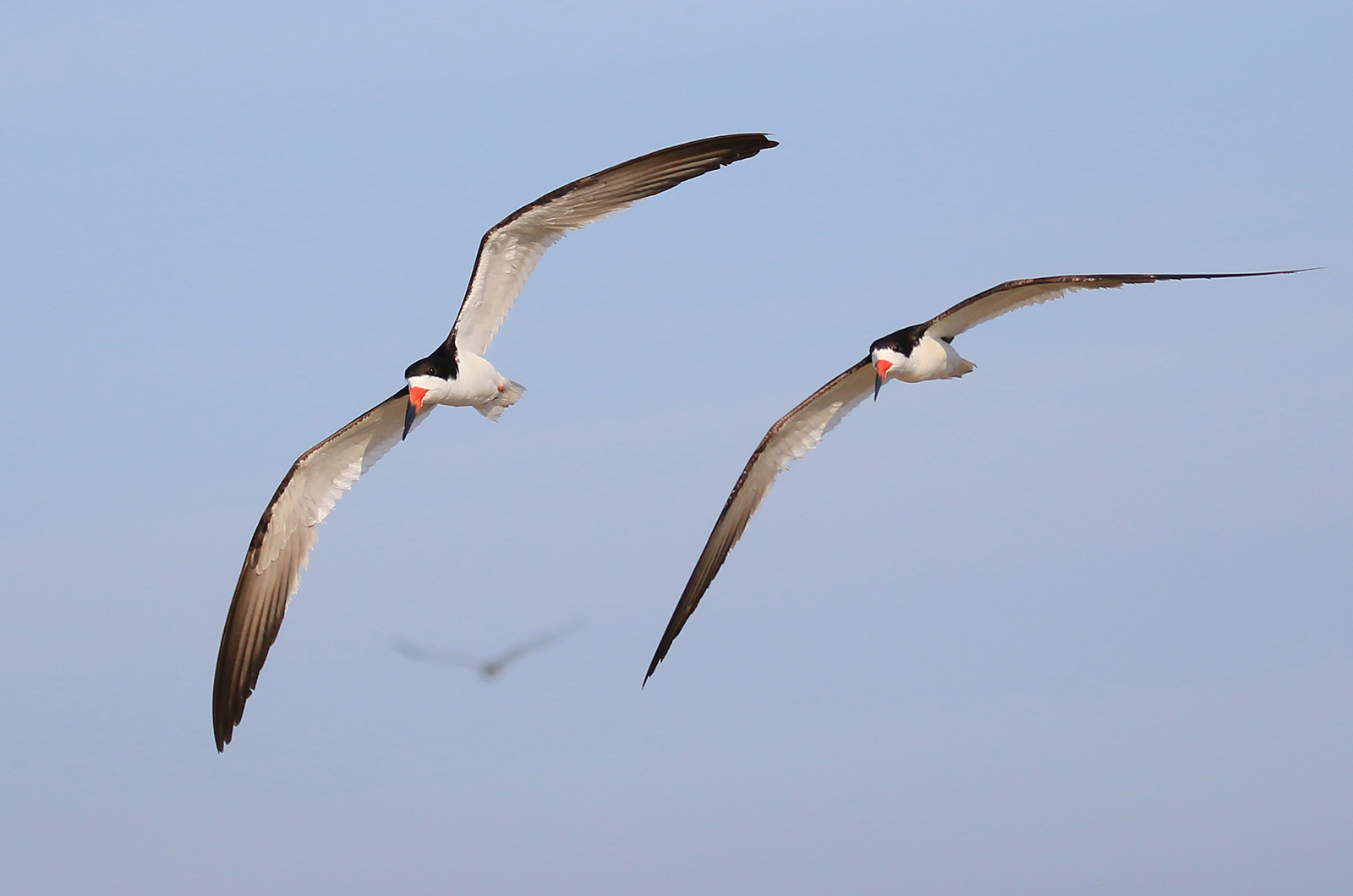
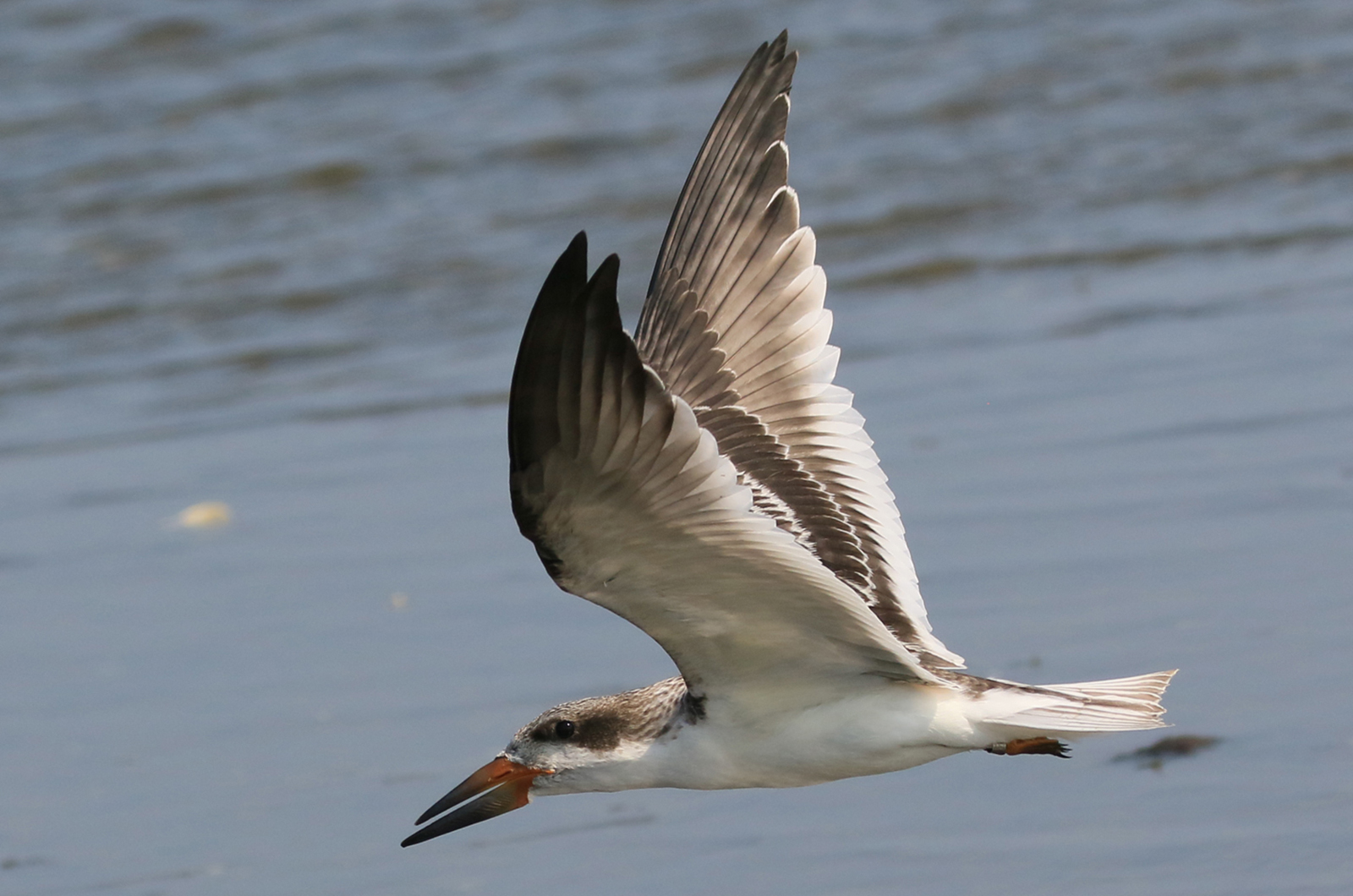
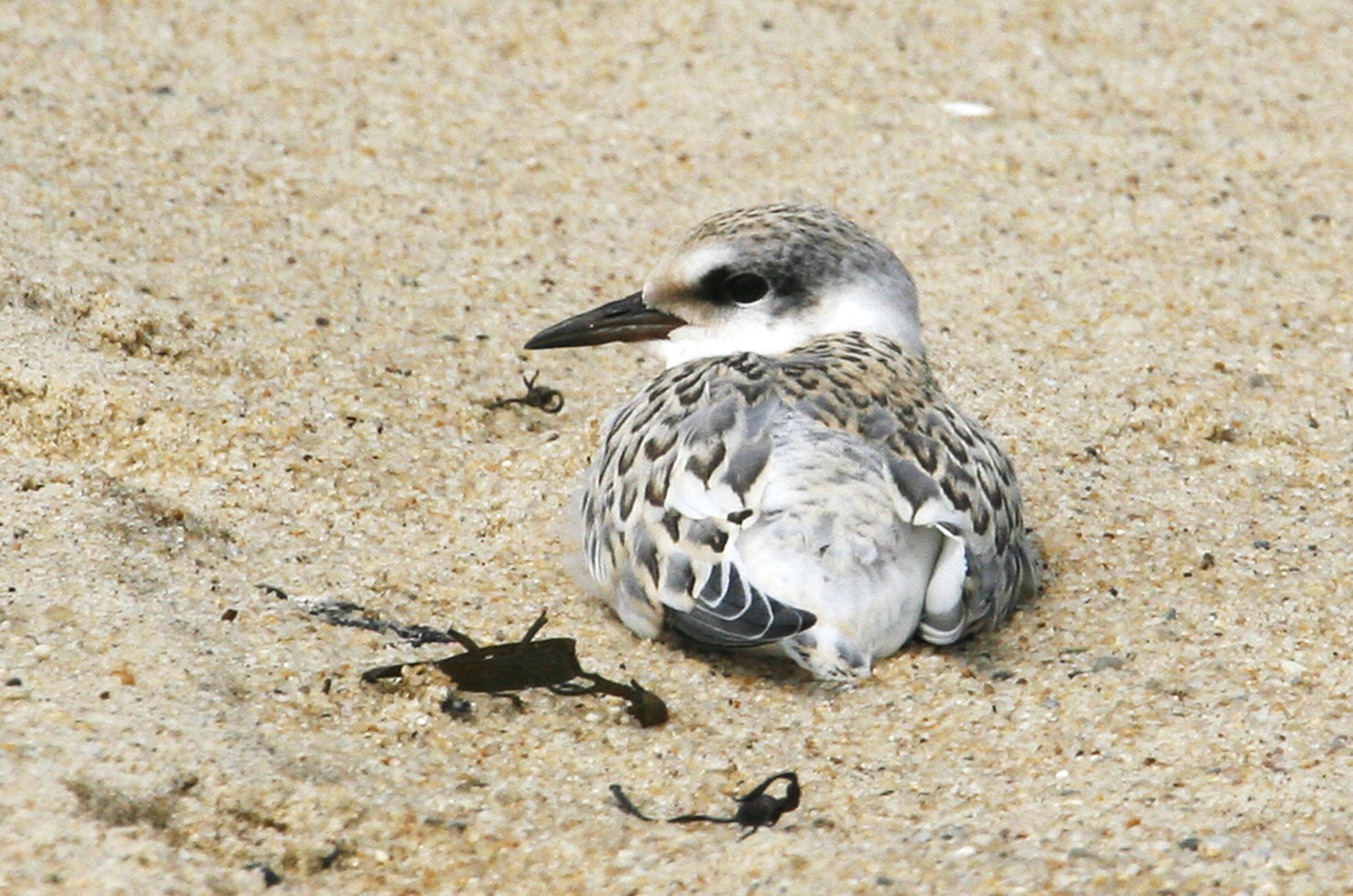
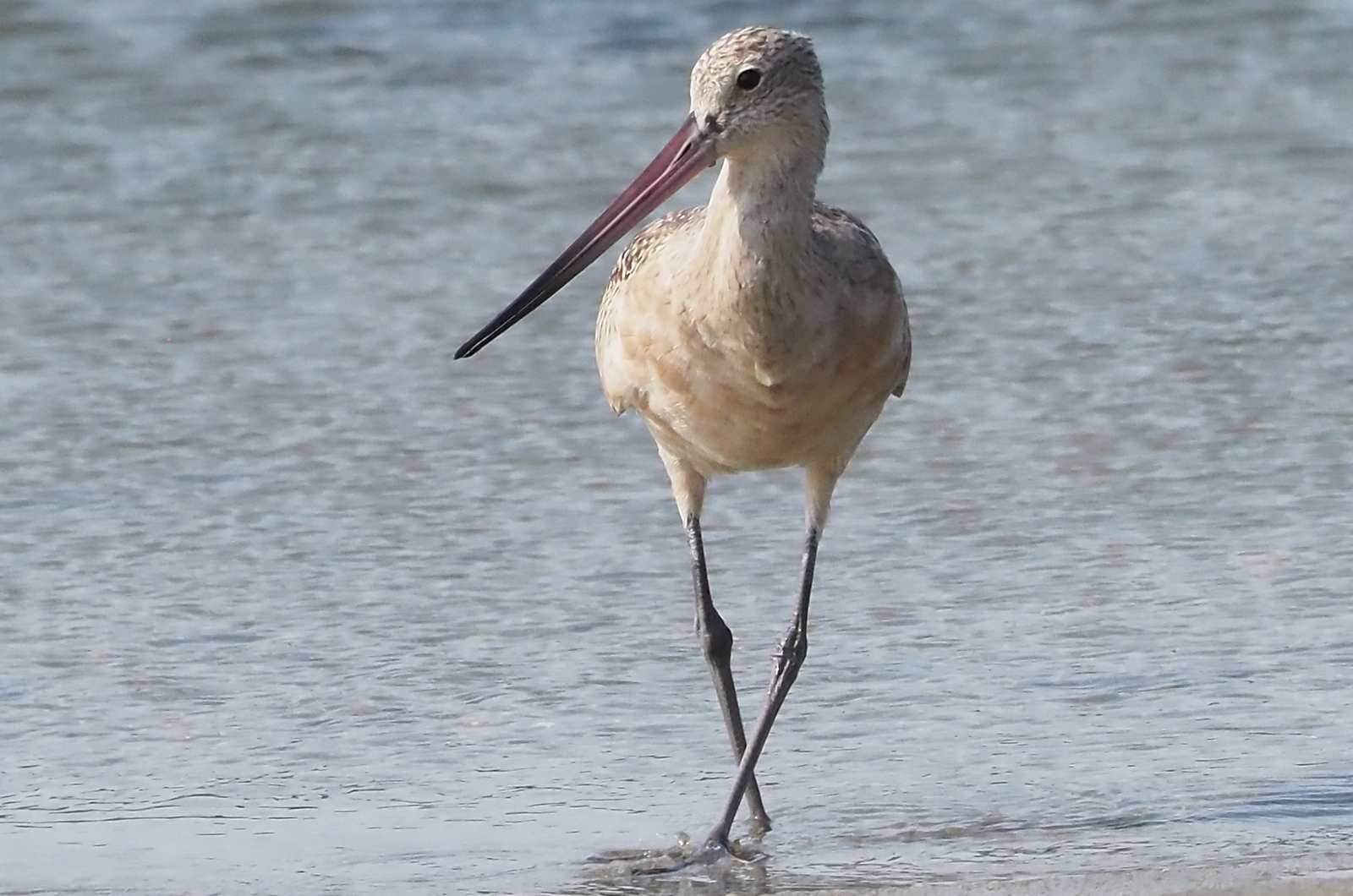
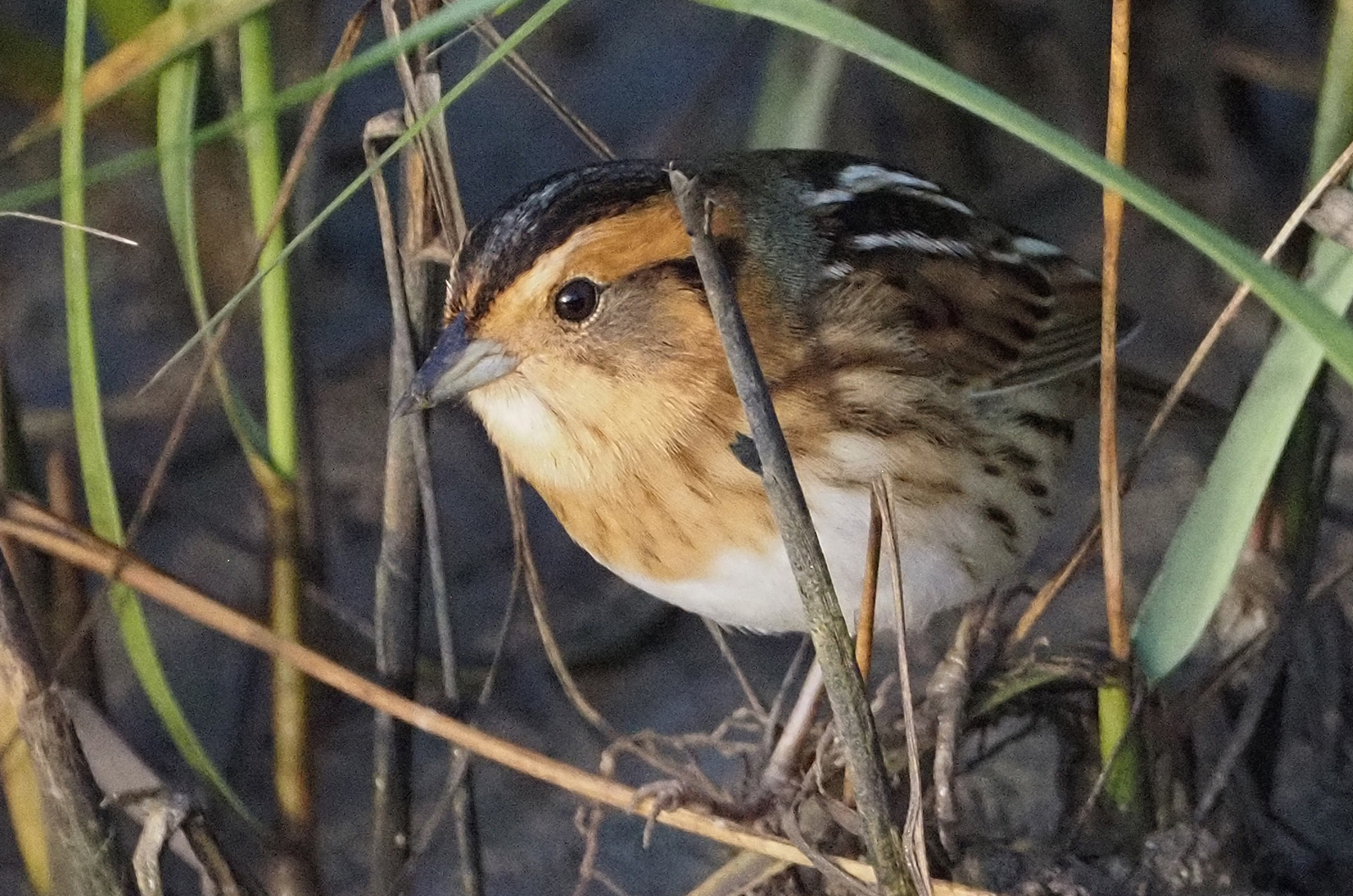
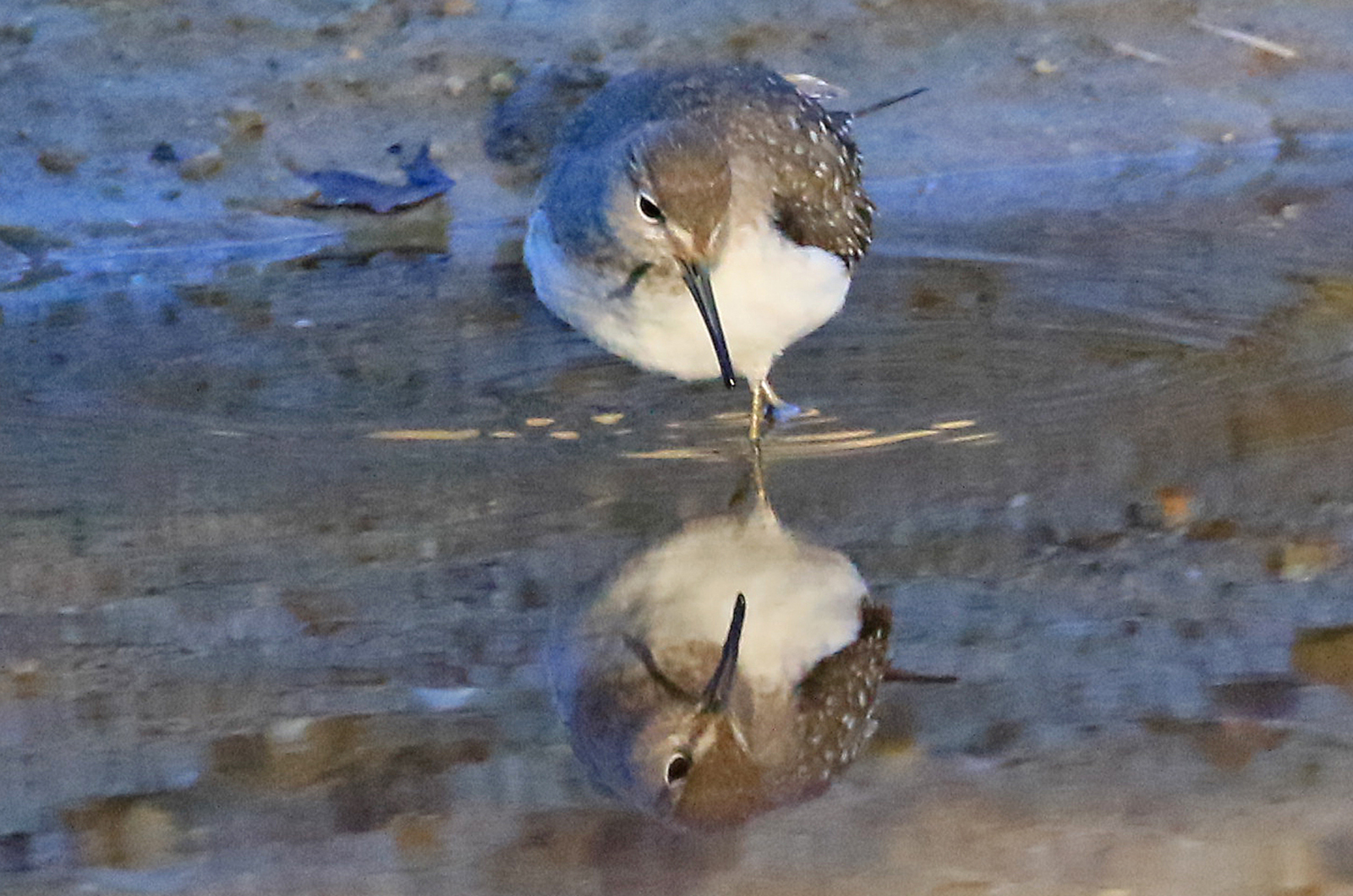


Comments (1)
Comments
Comment policy »